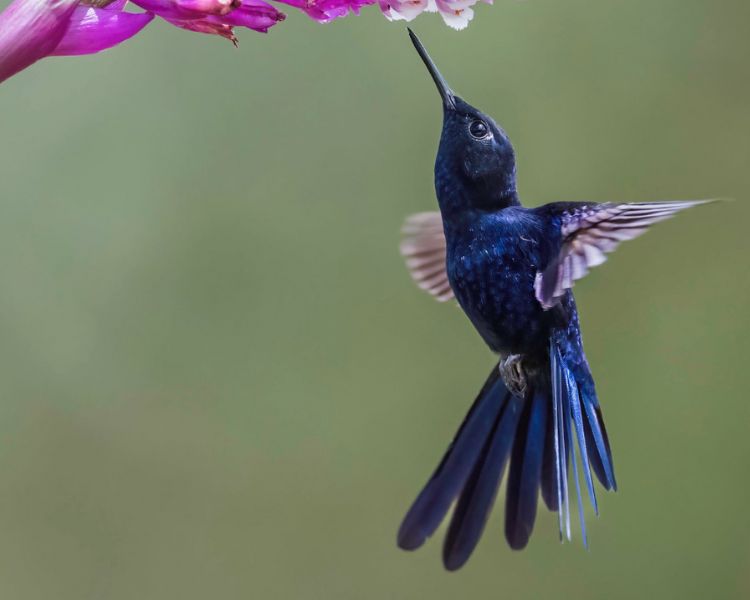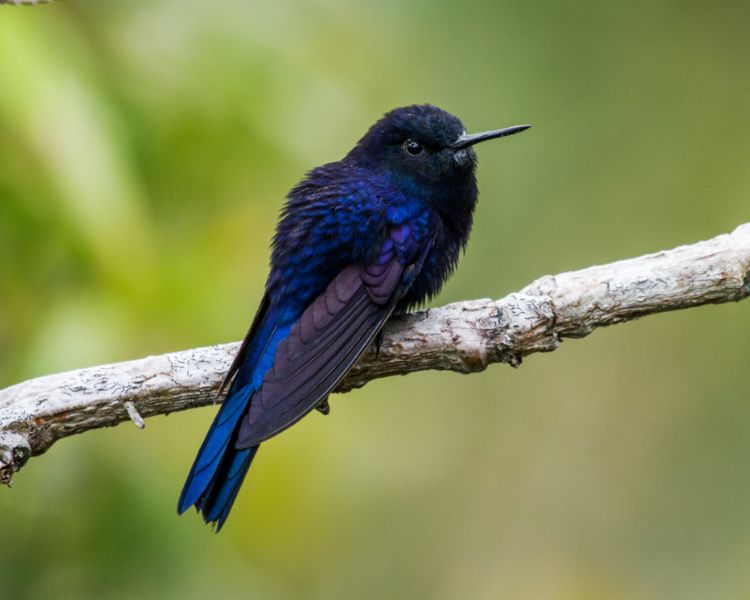

In the heart of the lush, emerald forests of South America, a creature of unparalleled beauty graces us with its presence – the Heliangelus Regalis, commonly known as the Royal Sunangel.
This enchanting bird, native to the Andes Mountains, captivates the beholder with its radiant plumage and ethereal presence.
The Heliangelus Regalis is a true jewel of the avian world. Its name, “Sunangel,” couldn’t be more fitting, as it embodies the essence of sunlight itself. The bird’s iridescent plumage shimmers with shades of emerald, sapphire, and amethyst, reflecting the colors of the rainbow. Each feather seems to hold a piece of the sun’s warm glow, creating a spectacle of natural beauty that leaves onlookers breathless.
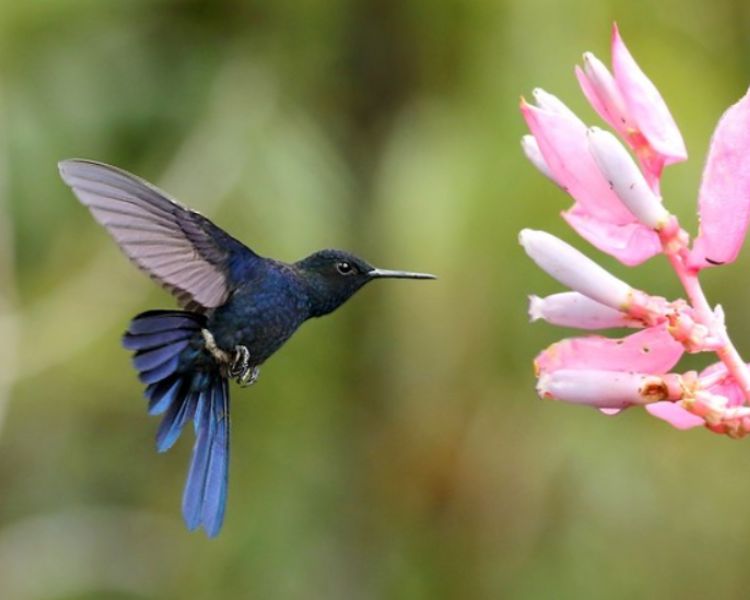

One of the most striking features of the Heliangelus Regalis is its resplendent crown. A shimmering golden crest adorns its head, resembling a tiny crown fit for royalty.
This regal headdress enhances the bird’s majestic appearance, earning it the name “Royal Sunangel.” As it flits through the lush foliage of its mountainous habitat, the sunlight catches on its golden crown, casting a radiant halo of light around this avian monarch.
The Heliangelus Regalis isn’t just a feast for the eyes; its melodious song is a symphony for the ears. Its sweet, melodic trills and chirrups echo through the Andean valleys, creating a soundtrack for the stunning vistas it inhabits.
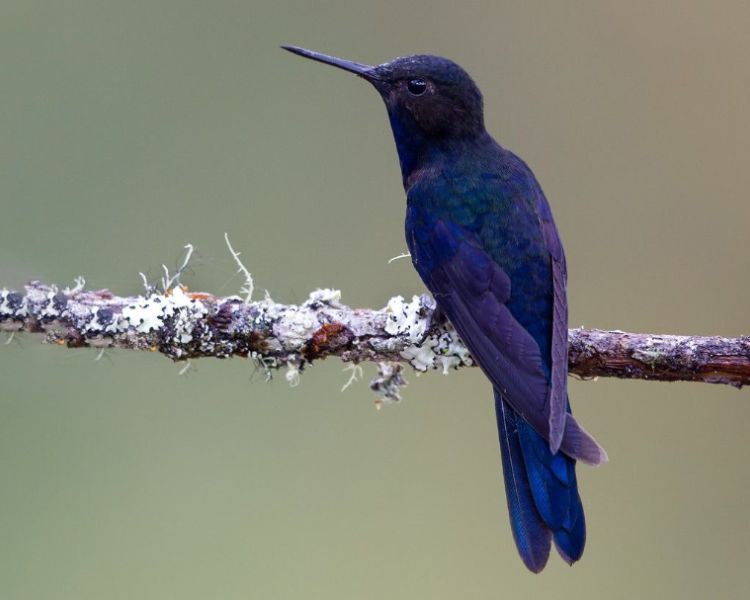

These enchanting serenades are a testament to the bird’s regal stature in the avian world.
As if its appearance and song weren’t enough, the Heliangelus Regalis possesses graceful flight, effortlessly darting through the air like a living gem. Its agility and precision in flight make it seem like a celestial dancer, enchanting all who are lucky enough to witness its aerial performance.
Beyond its aesthetics, the Heliangelus Regalis plays a vital role in its ecosystem as a pollinator, ensuring the survival of the vibrant flora of the Andes. Its symbiotic relationship with the plants it feeds upon underscores its importance in the delicate balance of nature.
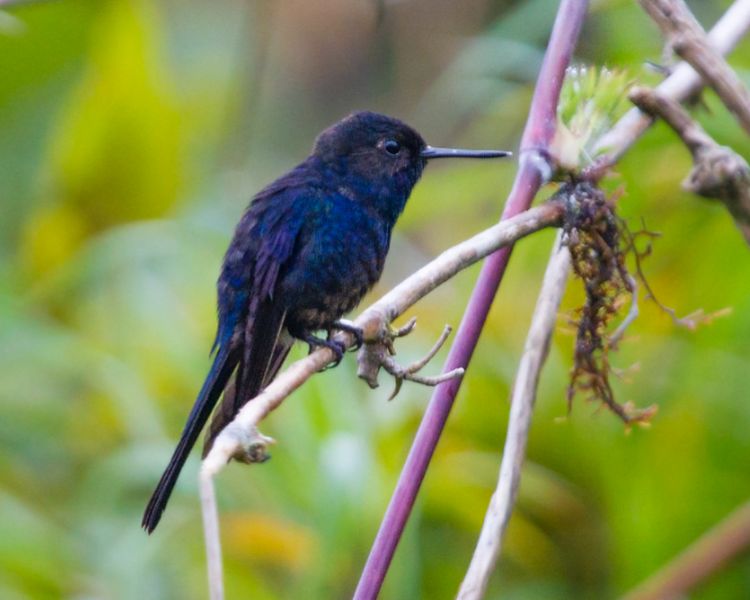

In the presence of the Heliangelus Regalis, one can’t help but feel a sense of wonder and reverence for the natural world. This majestic bird is a living testament to the awe-inspiring beauty that can be found in the wilds of South America. As we continue to explore and protect these pristine habitats, may we always cherish the royal presence of the Heliangelus Regalis and strive to preserve the enchanting beauty of our natural world for generations to come.
